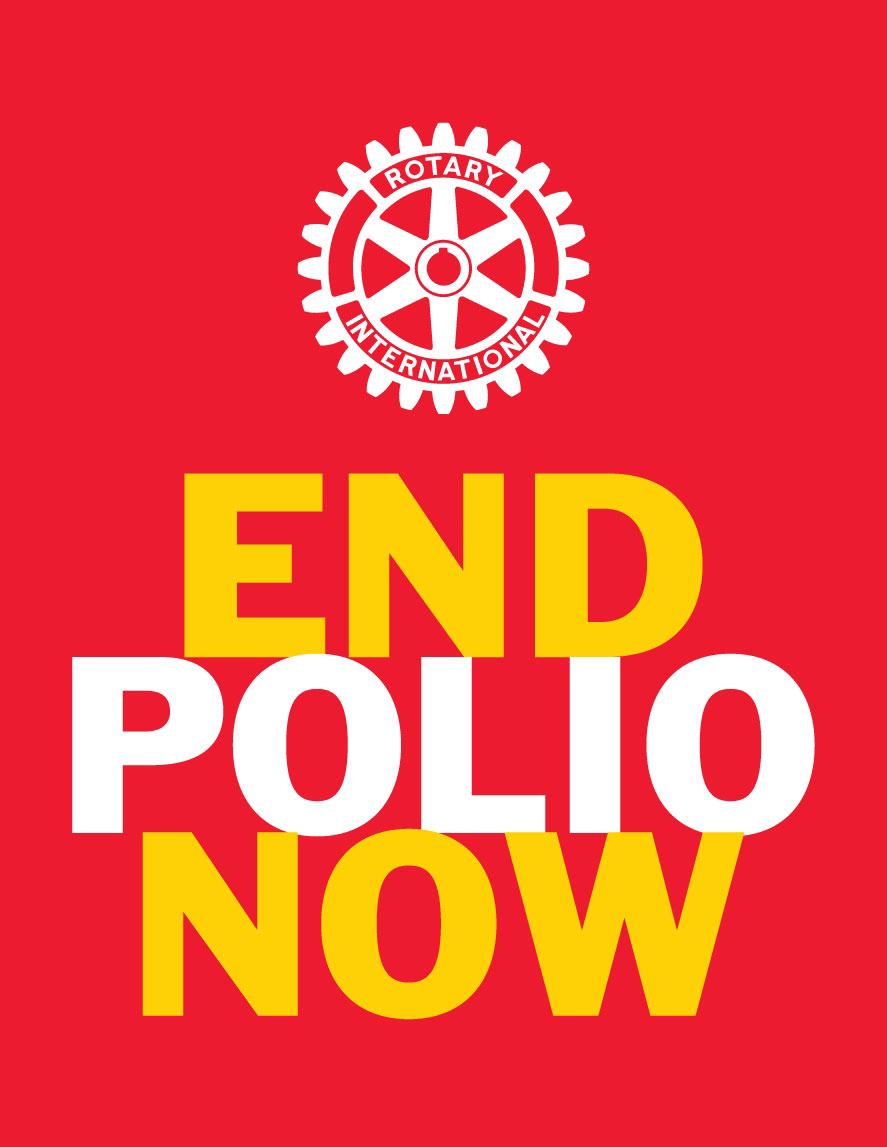Polio Plus
 ROTARY CLUB OF CASTLE ROCK AND POLIO
ROTARY CLUB OF CASTLE ROCK AND POLIO
Poliomyelitis (polio) is a crippling and potentially fatal disease that still threatens children in parts of Africa, Asia and the Middle East. The poliovirus invades the nervous system, and can cause total paralysis in a matter of hours. It can strike at any age, but mainly affects children under five years of age.
In 1985, Rotary International created PolioPlus - a program to immunize all the world's children against polio. To date, Rotary has contributed more than US$800 million and countless volunteer hours to the protection of more than two billion children in 122 countries. Rotary is currently working to raise an additional US$200 million toward a US$355 million challenge grant from the Bill & Melinda Gates Foundation.
These efforts are providing much needed polio vaccine, operational support, medical personnel, laboratory equipment and educational materials for health workers and parents. In addition, Rotary has played a major role in decisions by donor governments to contribute over $4 billion to the effort. Click here for short video: END POLIO NOW!
The Rotary Club of Castle Rock is supporting this effort with a goal to have each Rotarian contribute a minimum of $100 each year.
Dr. Jim Alexander - World Polio Day from Rotary International on Vimeo.
History of Polio
1954 - Breakthrough by Dr. Jonas Salk with development of first polio vaccine.
1961 - Further advances through development of oral vaccine by Dr Albert Sabine. This allowed for administration of vaccine by trained volunteers.
1985 - Start of Rotary International's PolioPlus campaign. Some125 polio-endemic countries with 1,000 children infected every day.
1991 - Last case in the Americas.
1996 - 85% reduction in cases with 150 countries polio free.
2000 - Western Pacific region polio free.
2002 - Europe polio free.
2003 - Only endemic in seven countries.
2004 - 23 African countries unite to hold multi-national immunization day.
2006 - Development of mono-valiant vaccines.
2008 - Only four remaining polio endemic countries - Afghanistan, India, Nigeria and Pakistan. Less than 2,000 cases per annum - a 99.4% reduction.
The final 1% will be the most difficult and the most expensive to eliminate.
Polio Today
Today, endemic wild poliovirus has been eliminated from all but four countries in the world (Afghanistan,India, Nigeria and Pakistan), and less than 2000 cases were reported worldwide in 2008. Though great progress has been made, challenges remain. Overall, the quality of immunization campaigns must be improved, and more funding is critically needed. In response, governments, donors and international agencies have endorsed a plan with clear milestones to tackle these and other challenges to a polio-free world.
Global Polio Eradication Initiative
With its community-based network worldwide, Rotary is the volunteer arm and top private sector contributor to a global partnership dedicated to eradicating polio. Since its launch in 1988, the Global Polio Eradication Initiative - spearheaded by the World Health Organization (WHO), Rotary International, the US Centers for Disease Control and Prevention (CDC) and UNICEF - has reduced the incidence of polio by more than 99 percent. At the time, more than 125 countries were polio-endemic, and more than 350,000 children were paralysed by the disease each year.
Rotarians in Action
Besides raising funds, over one million men and women of Rotary have donated their time and personal resources to help immunize nearly two billion children during mass immunization campaigns throughout the world. Rotarians prepare and distribute different types of mass communication tools to get the message to people cut off from the mainstream by conflict, geography or poverty. Rotarians also recruit fellow volunteers, assist with transporting the vaccine, administer the vaccine to children and provide other logistical support.
Lasting Legacy
The savings of polio eradication are potentially as high as $ 1.5 billion per year - funds that could be used to address other public health priorities.